A VTOL Cargo Drone Concept
In May 2016, Airbus called for a VTOL Cargo Drone design challenge via Localmotors. They were looking to identify the next generation of multi-purpose drones; a safe, easy-to-operate and affordable drone solution, an innovative VTOL aircraft for small scale cargo transport with electric propulsion motors.
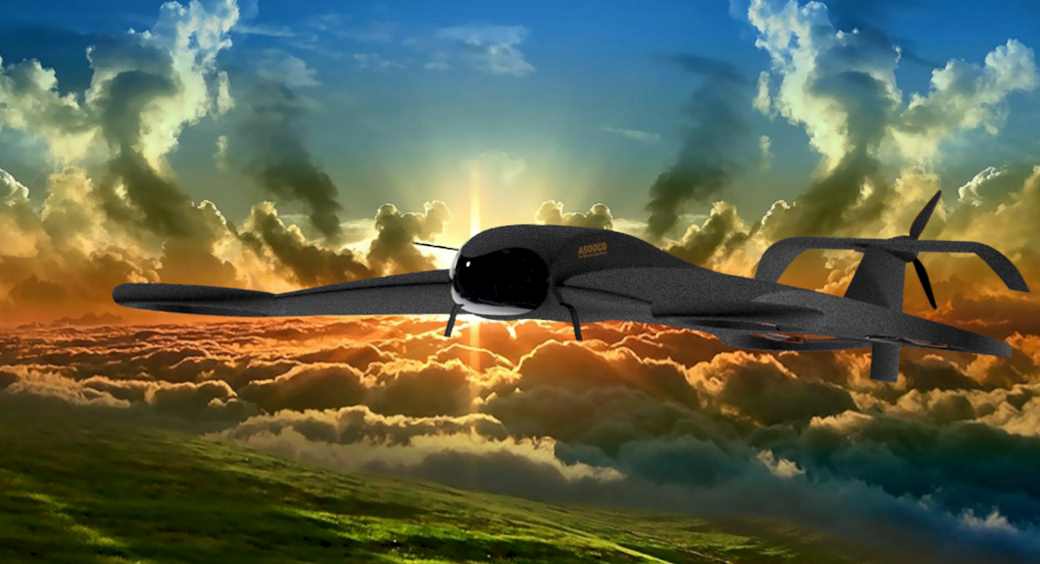
We have come up with a pretty sweet VTOL cargo drone concept with integrated hub electric motors. In this article, we present you our VTOL cargo drone solution with electric propulsion motors. How this design did come together, the pros and cons we have recognized and what makes this concept an ultimate VTOL cargo drone for the aerospace.
Share this on:
So here we start with the problem description and the features required by Airbus as in below original text. At the bottom of this page, you can find these requirements in a simplified list.
Information provided by Airbus:
The Problem:
As technology advances so do opportunities. The global use of drones is ever-growing, however commercial and civil-use drones do not yet play the important role they should. The notion that autonomous aircraft are restricted, via cost and law, to government and military uses is vastly diminishing, and civil drones have become the next frontier.
Imagine sending a vital piece of hardware from your distribution center directly to your manufacturing facility across town in 15 minutes without a truck driver. Or flying in life-saving medicine and vaccines to remote areas of the world without needing any highway infrastructure.
Other civil drone systems have had marginal success, but not with the bandwidth we (Airbus) intend to use. This project will create a new standard of parcel delivery, humanitarian missions, and health care capabilities for improved quality of life for everyone.
Features:
The solution must allow for simple reconfiguration or adaptation, as it will be used - safely and effectively - for things such as agriculture monitoring, infrastructure inspection, cargo delivery, or humanitarian missions.
The aircraft shall be designed for vertical takeoff and landing (VTOL), and efficient forward flight; a hybrid design created through the merging of design elements from both multi-rotors and fixed-wing aircraft. As such, the aircraft shall include at least 4 rotors (lifting motors / rotors). All propulsion shall be directly driven, fixed-pitch propellers, and the total number of motors shall not exceed 10. The aircraft will operate in two flight modes, a hover mode for takeoff and landing, and a forward flight mode for efficient travel. At least one motor must be used for forward thrust in the fixed-wing flight mode.
While keeping in mind that the payload concept should be modular - i.e. suitable for cargo transport, mounting sensors or other applications - the aircraft shall be designed to weigh less than 25 kg with a single, fixed and internal cargo bay that accepts a payload from 3 to 5 kg. The aircraft shall be able to accommodate a minimum payload dimension of 450 x 350 x 200 mm. All payloads shall be restrained within the payload bay to avoid shift of the payload during flight, regardless of size or weight. The cargo in the cargo bay shall be easily accessible and interchangeable and impossible to jettison in flight. The cargo payload bay should be able to accommodate payloads smaller than that through a fixture that is to be designed. The cruise speed of the aircraft in forward flight should be at least 80 km/h, and maximum speed shall not exceed 194 km/h. The power system shall be purely electric, and energy storage will be in the form of an off-the shelf rechargeable battery.
The aircraft design shall avoid the use of tilting wings or tilting motors / rotors for the sake of simplicity. This helps minimize manufacturing costs, and reduces the number of potential points of failure. Along the same lines, variable pitch propellers shall be avoided.
It should be clear that the intent of this aircraft is for medical cargo delivery, humanitarian missions, and other civilian applications. There should be no design concessions made for military use, i.e. no weapons, armor, or countermeasures.
The most successful entrants will keep simplicity in mind, and their designs will be optimized for ease of use, including maintenance, a quick as possible turnaround time between flights, swappable batteries, and ease of cargo loading / unloading. Designs should also consider the ability of the aircraft to operate safely in all states of flight, including weather conditions of wind up to 10 m/s, a temperature range of -30 to 50 degrees C, and moderate rain.

Our VTOL cargo drone concept with electric propulsion motor
Fuselage
Having safety in mind, we have focused on gliding concepts only; so that in case of all systems failure, the drone would still safely land even if the parachute fails to open.
For the fuselage we chose NACA25017 airfoil that will cover the payload of 350x200x450mm size; and smoothly integrate with the wings.

Wings
On this concept, we were inspired by the "flying squirrel" (a.k.a. sugar glider) which also inspired the development of the "wingsuits".
So we chose the airfoil MA409 that is designed for free flight applications and has proven itself in numerous unlimited fly-offs for fast climb and good glide endurance. The MA409 has a low zero-lift drag coefficient, which aids in the overall performance.
Wings are designed foldable in order to make transport flexible and easy.
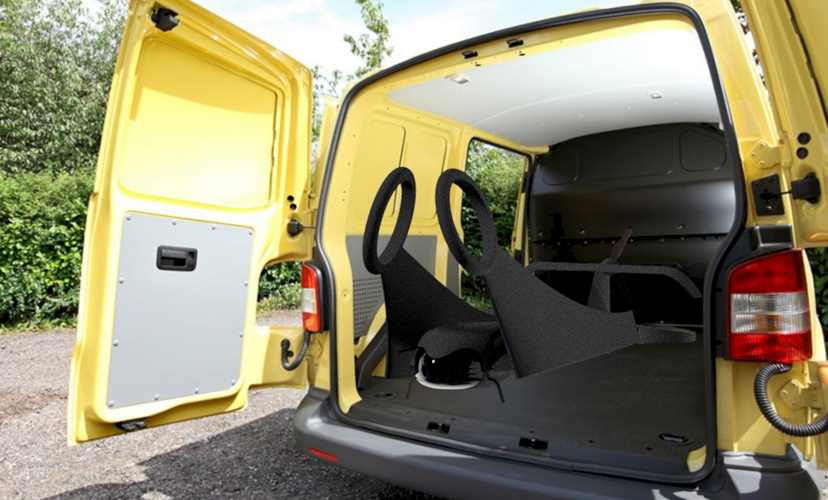
Electric Propulsion Motor
We call it "Electric Propulsion Motor" because the propellers become the rotor of the electric motor therefore part of the electric motor.
We have preferred ducted propellers to secure safety on ground and avoid using servo-motors to keep flight control simple.
By the way, if you haven't checked our ultra light custom axial flux DC electric motor yet, you may want to take a look now.
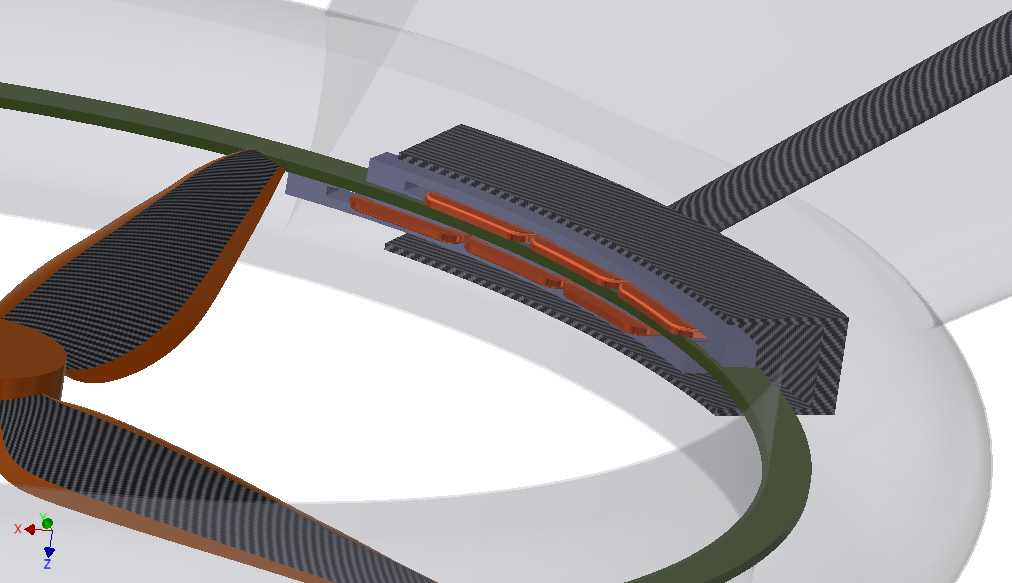
Cockpit / Nose Fuselage
We have placed all the vital flight systems such as: Flight Control Computer, Antennas, Transponder, Communication System and the Camera System in a waterproof cockpit. Cockpit, at the same time, serves as the cargo door. It is power supplied by a spring cable connected to the battery which we placed right in the middle of the drone -onto the center of gravity.
Optionally vacuum can be applied to improve thermal convection and avoid humidity inside the cockpit.
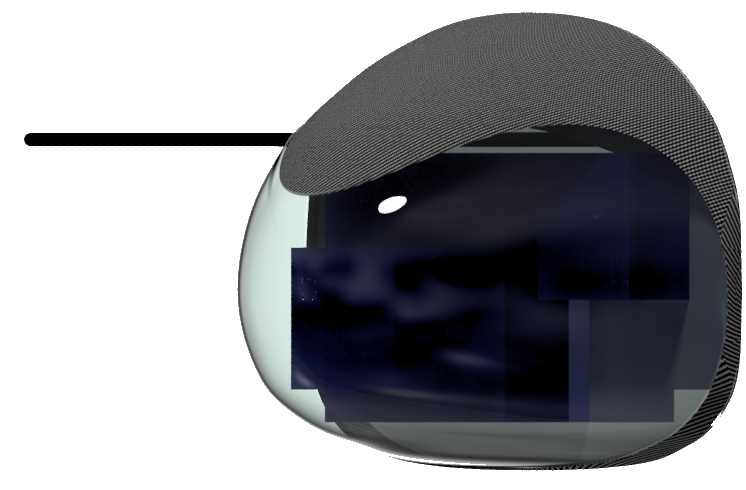
Payload bay
A single payload bay shall be located near the aircraft center of gravity. Minimum payload bay dimension shall be 450 x 350 x 200 mm. The payload bay shall be located and accessible from the lower side of the aircraft and must be interchangeable with payload bay of same size and same interface. (Payload concept shall be modular to fulfill applications different from the cargo use case. e.g. sensor payload).
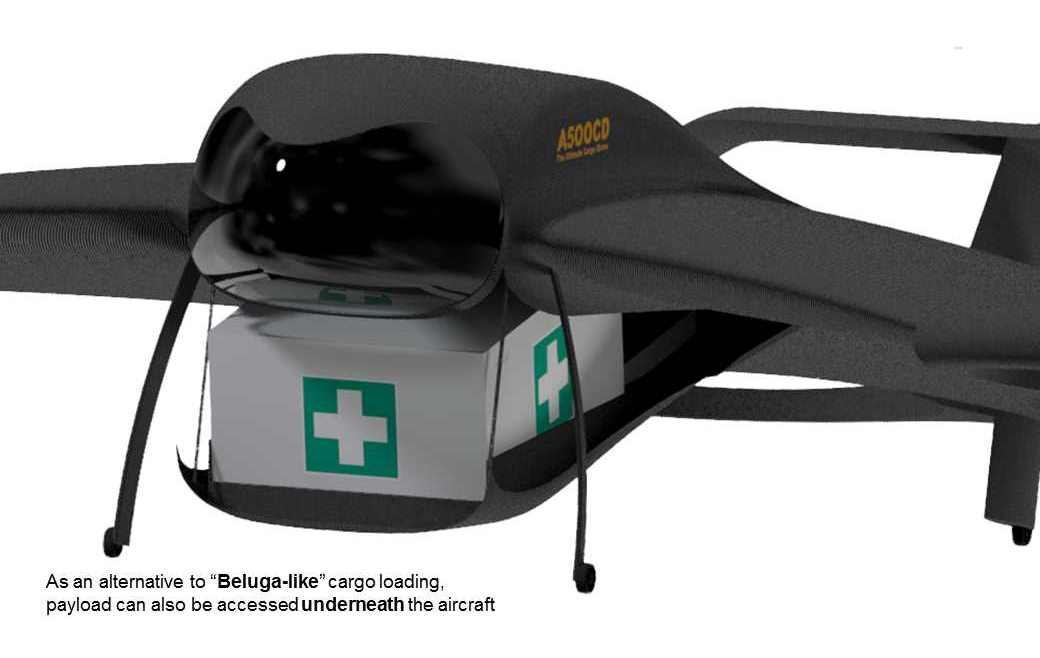
So we did deliver!
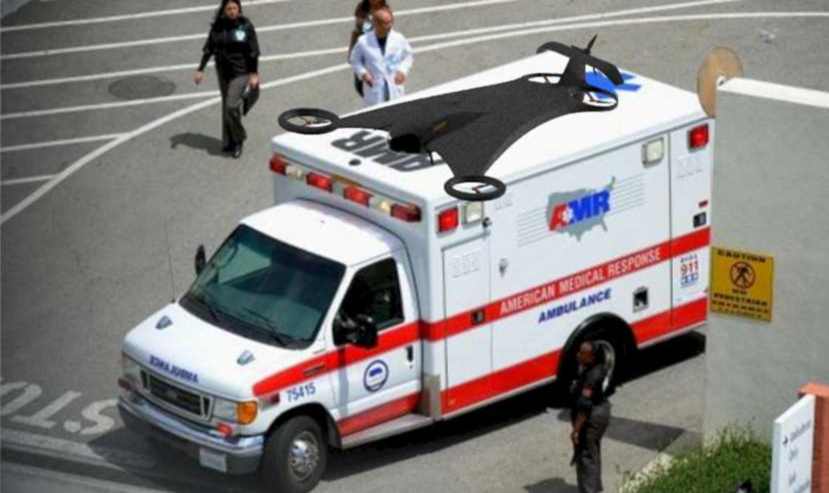
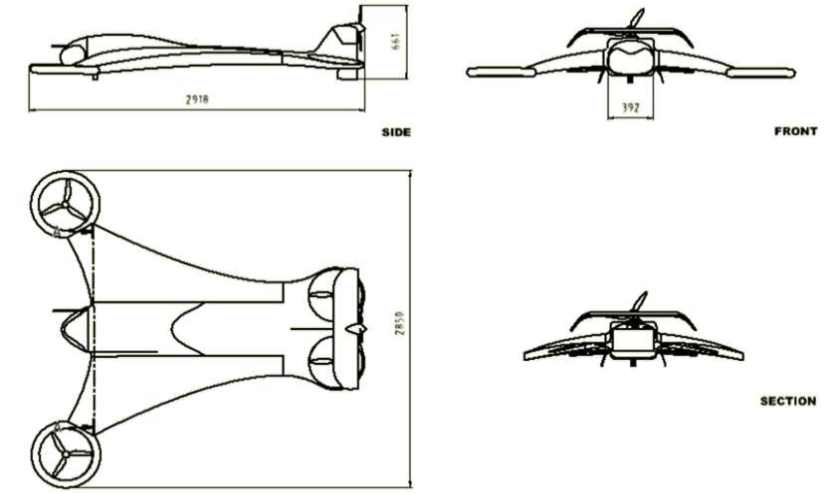
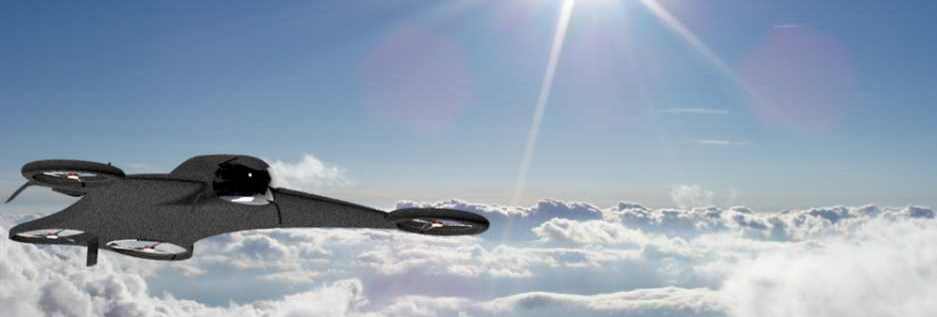
List of requirements
- The design shall be capable of vertical takeoff and landing
- The aircraft shall include at least one fixed wing for forward flight
- Maximum takeoff mass (MTOM) shall be below 25 kg: Vehicle weight when fully loaded < 25kg
- The maximum wing span shall be below 5 meters and the maximum aircraft length shall be below 4 meters
- The aircraft shall be modular for the ease of transportation.
- The maximum length of the individual parts shall not be longer than 2 meters
-
Payload range requirement:
- 5 kg payload: > 60 km range
- 3 kg payload: > 100 km range
-
Payload bay:
- A single payload bay shall be located near the aircraft center of gravity
- Minimum payload bay dimension shall be 450 x 350 x 200 mm
- The payload bay shall be located and accessible from the lower side of the aircraft and must be interchangeable with payload bay of same size and same interface. (Payload concept shall be modular to fulfill applications different from the cargo use case. e.g. sensor payload)
- The cruise speed in fixed wing mode shall be at least 80 km/h
- Max speed shall not exceed 194 km/h (can be electronically limited)
- The aircraft shall use at least 4 direct drive lift rotors/propeller but not more than 10 direct drive lift rotors/propellers
- For energy storage off the shelf rechargeable batteries shall be used
- Have reserved weight, space and power for the items outlined in the Ignition Kit and in the guidelines (Outlined in 3D and 2D models in the ignition kit)
- Capable of sustained flight in all flight states while experiences 10 m/s head and cross wind
Design Guidelines
- "Keep it super simple"
-
Keep in mind: An optimized design contains the following
- Ease of maintenance
- 20 minute turnaround between max-distance missions
- Swappable batteries
- Consider the following weather conditions: -30C to 50C / moderate rain
- Safe operation in all flight states
-
Human Factors and Safety Provisions
- Transportable by two average size people
- Limit time on ground with rotors spinning
- Modular design for ease of transport
- The aircraft shall be able to be disassembled and transportable. Consider different scenarios of shipping to perhaps even remote places (van, vessel, aircraft, truck, ISO container etc.)
-
Design guideline for your design:
- May consider a disc loading between 10 kg/m^2 and 50 kg/m^2
- May consider a wing loading between 10 kg/m^2 and 30 kg/m^2
-
Mitigate consequences of failure
- Any failure of the aircraft in flight (loss of power or control) should be planned for (example: parachute recovery system) so that the vehicle would not pose a serious threat to people or property on the ground
- May consider a landing gear for conventional fixed-wing take-off and landing
